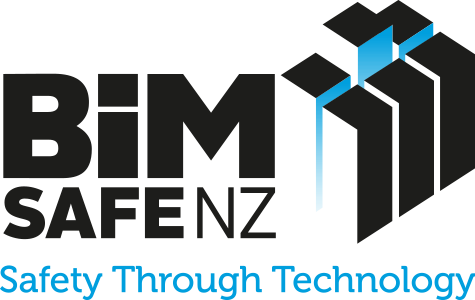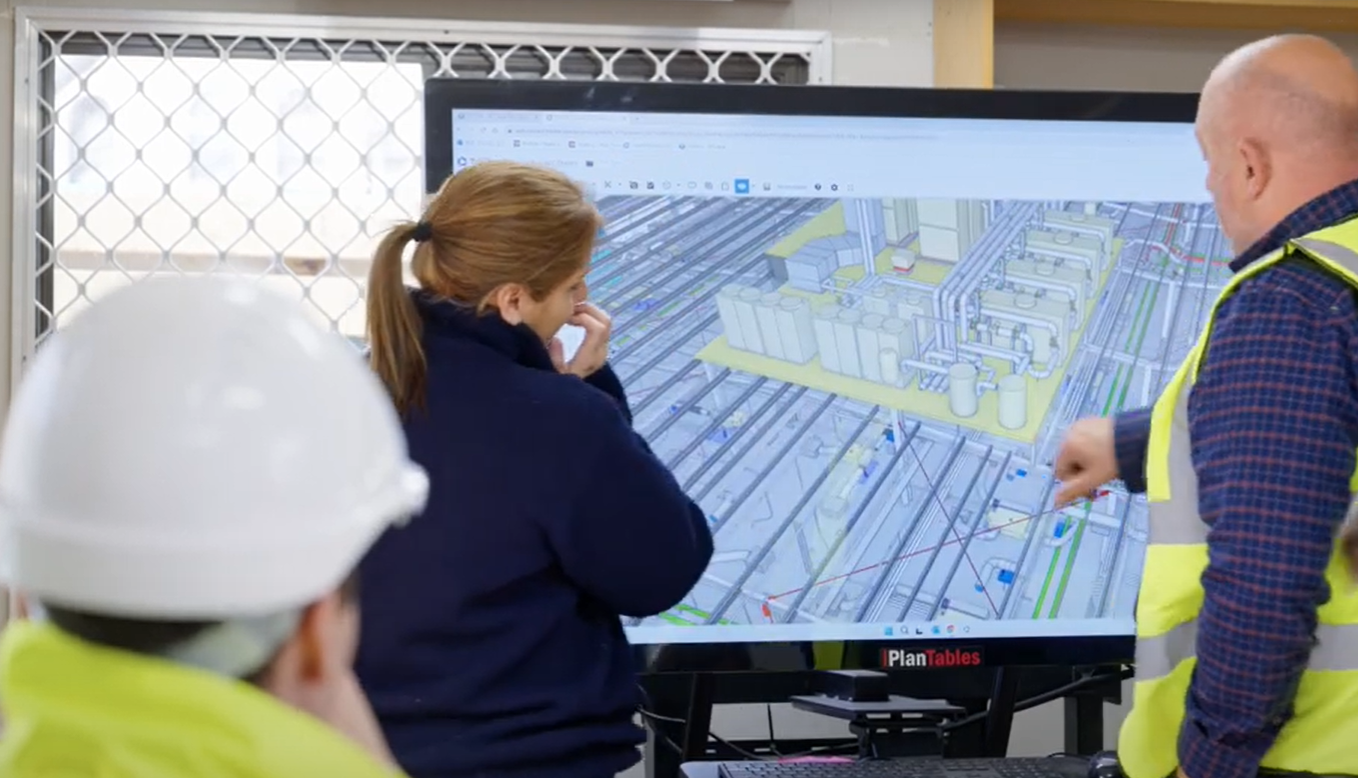ACC Ōtepoti & Court Theatre: Use of BIM to improve site safety culture
Summary
Both the ACC Ōtepoti and the Court Theatre projects demonstrate how Building Information Modelling (BIM) can transform site culture and improve safety outcomes. By implementing interactive BIM technology and sharing visualisation opportunities to everyone involved, the project teams found improvements in cross-team coordination that helped to improve construction planning and safety briefings. These projects showcase the evolving culture of BIM use in New Zealand construction, from primarily using it for issue identification to engaging with the model as a planning and collaboration tool.
Background
The ACC Ōtepoti project is a new office building for the Accident Compensation Corporation (ACC) in Dunedin, New Zealand. The project is a joint venture between Ngāi Tahu Property and ACC. The building comprises 8,000 square meters over four storeys, located between Dowling Street and Queens Gardens, a site with historical and cultural significance for Dunedin and Ngāi Tahu.
The Court Theatre project involves the construction of a new theatre complex in Christchurch’s inner city. The project features a complex, tight build with numerous structural elements and restricted space for services. The constrained urban site and the use of large timber trusses as a major design element presented significant challenges for construction planning and safety.
Although quite different projects, both experienced similar attitudes around the use of their BIM model and the benefits arising from that.
Video
Approach
On the ACC Ōtepoti project, the contractor established a dedicated meeting room equipped with a large interactive touchscreen display for BIM visualisation, accessible to anyone on site. This setup became the hub for planning and problem solving, including for weekly toolbox meetings, where site teams could visualise upcoming work and discuss potential challenges. The system proved particularly valuable for onboarding new subcontractor crews, allowing them to virtually explore their work areas virtually and understand their tasks before entering the site.
While the Court Theatre project didn’t have a central setup for visualisation, everyone could engage with the model through the use of tablets on site.
In both projects, referring to the BIM model visualisation became standard practice for resolving complex construction scenarios. The interactive nature of the model supported conversations that transformed traditional site planning processes. Teams found they could quickly visualise and discuss specific building elements, enabling more productive and collaborative discussions about safe construction methods.
Outcomes and benefits
- Enhanced visualisation capabilities: The interactive interfaces, whether through touchscreen or tablet, created immediate access to the 3D model. This led naturally to more efficient and effective communication during toolbox talks and planning sessions. The value became particularly apparent when dealing with complex construction elements, ensuring everyone shared the same understanding of the work at hand.
- Streamlined onboarding: Having new subcontractor crews virtually walk through their work areas before starting on site resulted in crews arriving better prepared and with a clearer understanding of both their tasks and the surrounding context.
- Real-time collaboration: Having the ability to pull up and manipulate the model during meetings meant construction issues and safety concerns could be resolved on the spot, reducing delays and leading to more efficient decision-making.
Lessons learnt
BIM can help or hinder culture
While technology can help cultural change, its success depends on how it supports human interaction. Simply using BIM to spot issues adds little value to site team operations, but when embraced as a planning and collaboration tool, it can improve project team dynamics and boost performance.
Break down silos between trades
Opening up model access and fostering collaborative planning sessions naturally breaks down traditional siloed working relationships. When teams can collectively visualise and discuss construction methods, they move from individual problem-solving to shared resolution approaches, improving project culture and outcomes.
Shift from reactive to proactive BIM use
Limiting BIM to issue identification misses its potential to transform site safety culture. When teams actively use the model for planning work methods and trade coordination, they spot hazards earlier and have more informed safety conversations. This natural progression from reactive problem-solving to proactive planning helps weave safety thinking into the process.
Embrace new meeting formats
Incorporating BIM into regular toolbox talks and planning sessions naturally leads to more engaging and productive meetings. Teams find information easier to understand and retain when presented interactively.

